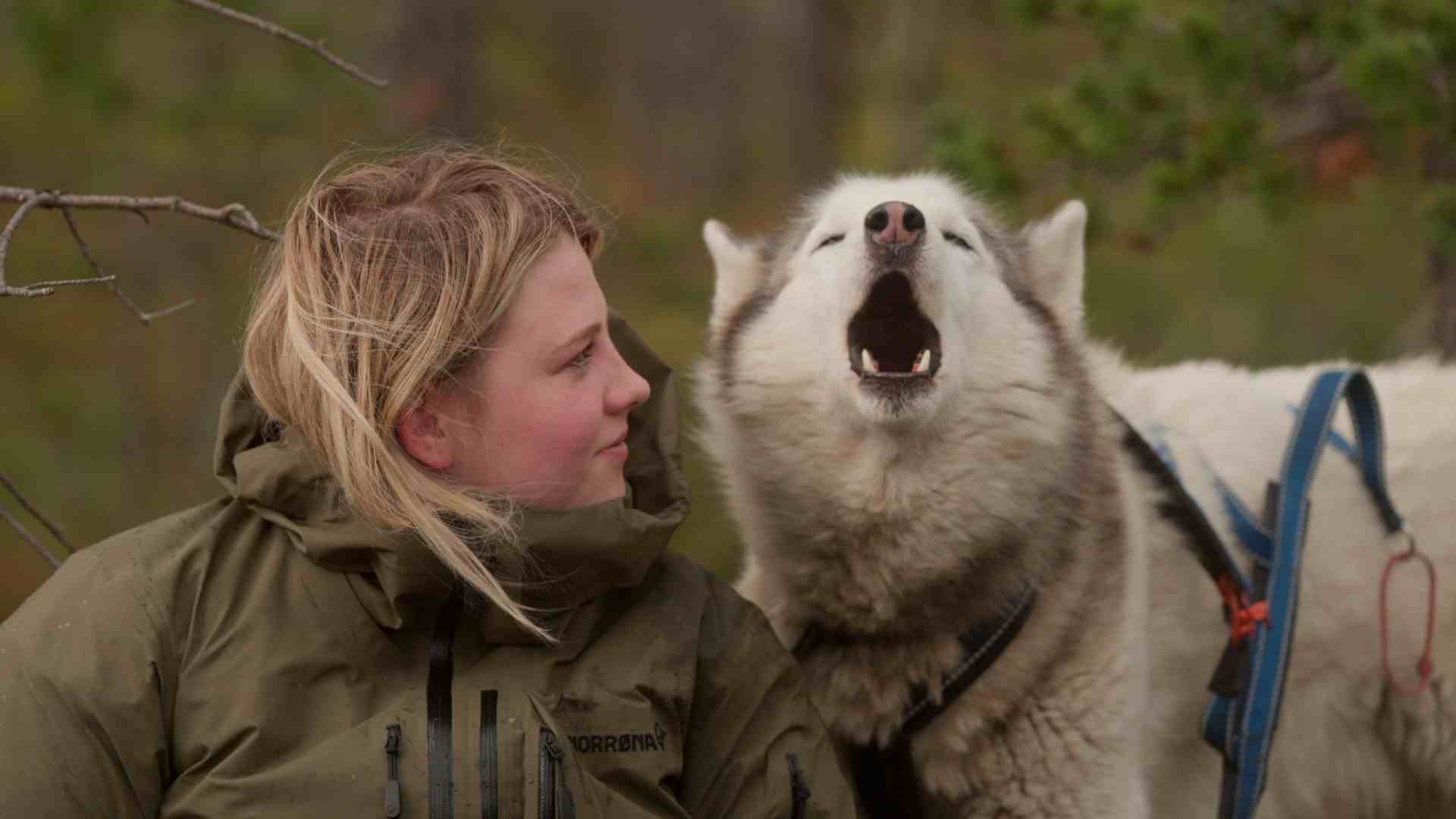Folktales struggles to untangle the myth of growing up in the Arctic wilderness
The traditional hardships of Norwegian folk school serve as the stark backdrop for a thin coming-of-age story.
Photo: Magnolia Pictures
The moment someone moves firmly from childhood to adulthood has long been the thematic preoccupation of filmmakers, a compelling point onto which countless artists have mapped their inexact metamorphosis—an event generic enough in its timeline to earn the title “coming of age.” These stories are easily modified by any number of secondary genres; whether that’s teenagers grappling with a non-specific paranormal threat in Mati Diop’s thriller Atlantics, or girls learning about the limits of their bodies through Gurinder Chadha’s sports comedy Bend It Like Beckham, or young people surviving a summer at an ultra-conservative Bible camp in Rachel Grady and Heidi Ewing’s documentary Jesus Camp. This latter film was what first cemented Grady and Ewing as directorial voices, and their new film Folktales once again sees them reframe the coming of age narrative, this time to fit the wide, snowy planes of Norway’s folk schools.
Loosely following three students—Bjørn Tore, Romain, and Hege—as they progress through the year-long program at Pasvik Folk High School, Folktales embeds Norwegian folklore in these teenagers’ quest for selfhood. Sometimes this is rendered explicit, with their teachers arranging them in circles on the sand before calling on the gods of the sea and plunging in. But Folktales is also equipped with less literal interpretations of mythology, utilizing images of painterly precision to express the complex, centuries-long histories inherited by its young people. Grady and Ewing cut from classroom scenes to short, sharp images of red string ensnaring bare tree branches, all set to explanations of how the threads of fate function in Nordic mythology. Controlled by the Norns, three mysterious, omniscient beings, this thread seals the destiny of every living creature, woven together with impregnable logic. This concept is poetically resonant with the markedly different yet overlapping histories that bring Bjørn Tore, Romain, and Hege to this year-long endeavor in the wilderness.
